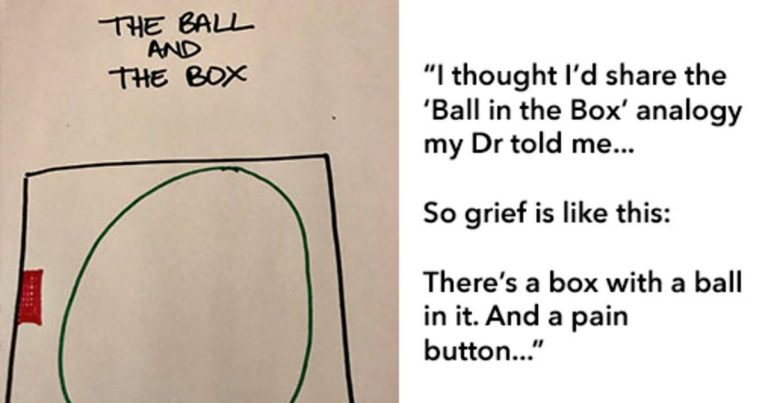After the loss of a loved one, the grieving process is complex, and often life-long. Unless you’ve experienced this firsthand, it may be hard to understand another grieving person’s behavior.
Then again, even if you do know how it feels, it can be hard to explain what it’s like to other people.
One of the biggest issues with trying to explain grief is that emotions can change. They can come and go. But it’s not that simple. The sadness is beyond sadness, and can be absolutely staggering. It is constantly shifting in strength.
Finding the language to explain this clearly is important — and Lauren Herschel, a Twitter user, explained what a doctor told her. Her analogy of ‘the ball and the box’ really resonated with a lot of people, and her thread explaining grief went viral.
This is how Herschel’s doctor explained how grief is triggered in the brain:
After what has been a surprisingly okayish Christmas, I had a moment today in SuperStore. Saw a lady who reminded me of my 92yo grandma, who even in the early stages of dementia, completely understood that my mom died.
I thought I’d share the Ball in the Box analogy my Dr told me.
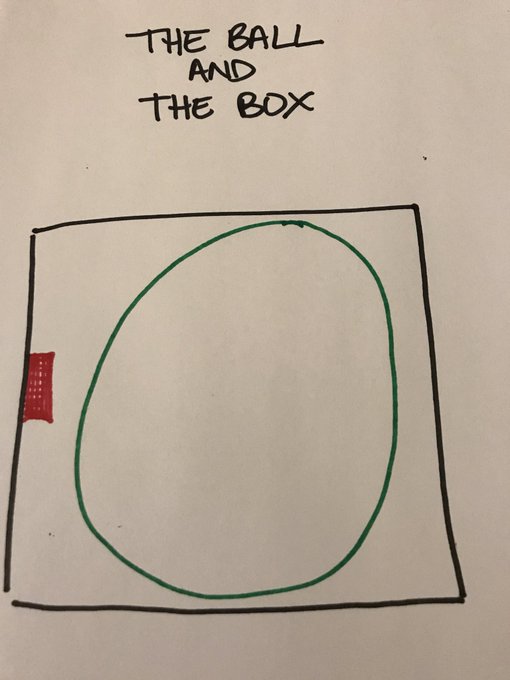
So grief is like this:
There’s a box with a ball in it. And a pain button.
And no, I am not known for my art skills.
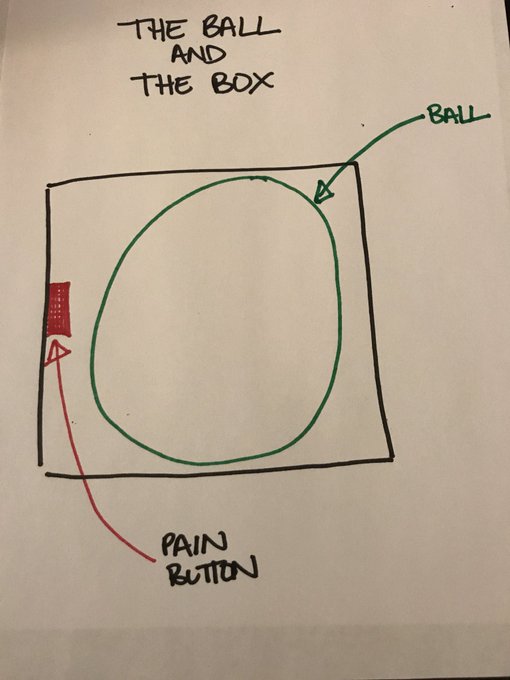
In the beginning, the ball is huge. You can’t move the box without the ball hitting the pain button. It rattles around on its own in there and hits the button over and over. You can’t control it – it just keeps hurting. Sometimes it seems unrelenting.
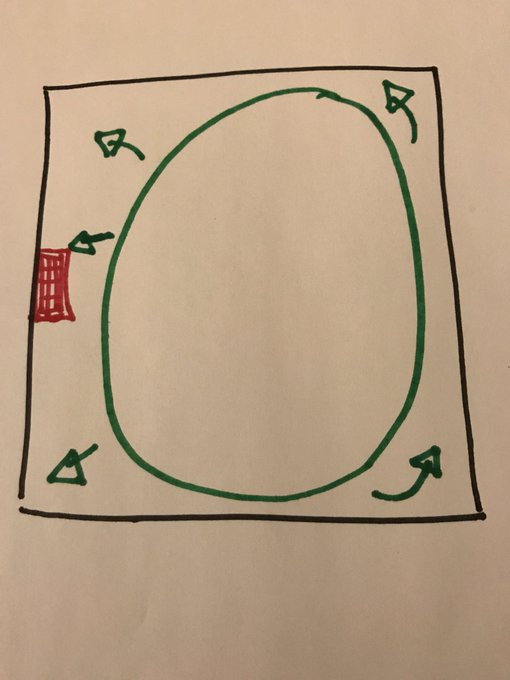
The theory goes that grief is like a ball in a box. The box has a pain button inside, and is triggered by the ball hitting it. Right after a loss, the ball is huge, and basically anything can trigger it to move around in the box and bump that pain button.
Eventually, though, the grief ball will shrink. And it will stop triggering the pain button so much.
Over time, the ball gets smaller. It hits the button less and less but when it does, it hurts just as much. It’s better because you can function day to day more easily. But the downside is that the ball randomly hits that button when you least expect it.
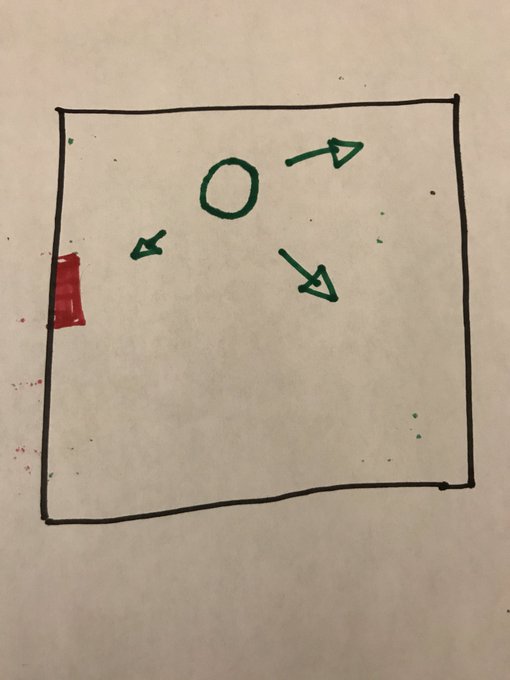
But even though the ball gets smaller, it will always be there. And sometimes, it can even balloon back up, even after you think it’s shrunk. It can also trigger the pain button when you’re not expecting it to.
This simple analogy already seems to have helped a lot of people, and we hope it continues to help people.
This story originally appeared at Goodfullness.
